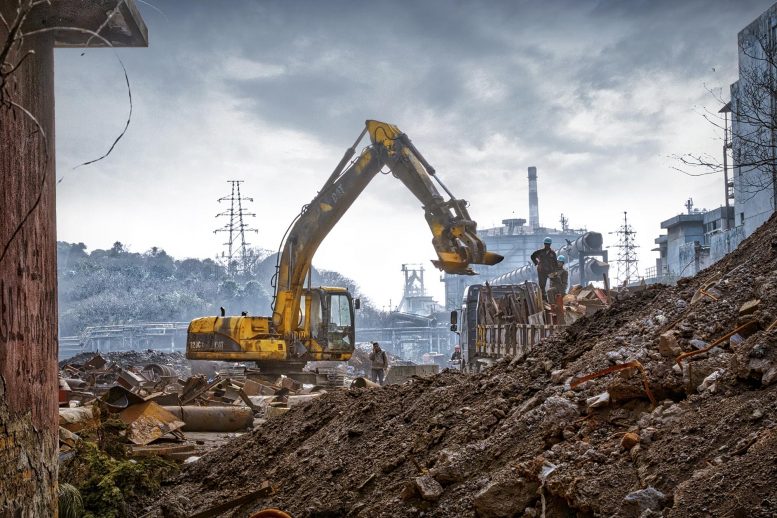More Biodiversity Loss Outside of Cities Due to Urban Growth

Researchers assess direct and indirect effects of urban growth on a global scale.
Leipzig/Halle/Arlington. In a rapidly urbanizing world, the conversion of natural habitats into urban areas leads to a significant loss of biodiversity in cities. However, these direct effects of urban growth seem to be much smaller than the indirect effects outside of cities, such as the urban release of greenhouse gases causing climate change globally or the increasing demand for food and resources in cities leading to land-use change in rural areas. Both climate and land-use change are key drivers of global biodiversity loss. An international team of researchers including researchers from The Nature Conservancy (TNC), the German Centre for Integrative Biodiversity Research (iDiv), Martin Luther University Halle-Wittenberg (MLU) and other institutions assessed the direct and indirect effects on a global scale. The results were published December 9, 2019, in the journal Nature Sustainability.
We are living in the period of fastest urban growth in human history, with more than 2 billion additional people expected in cities by 2030 — a pace that is the equivalent to building a city the size of New York City every 6 weeks. But what do scientists know and not know about how urban growth is affecting biodiversity? To answer this question, an international team of researchers reviewed more than 900 studies. The work of the highly international synthesis working group was funded and supported by sDiv, the synthesis centre of German Centre for Integrative Biodiversity Research (iDiv).
Read More:
.

